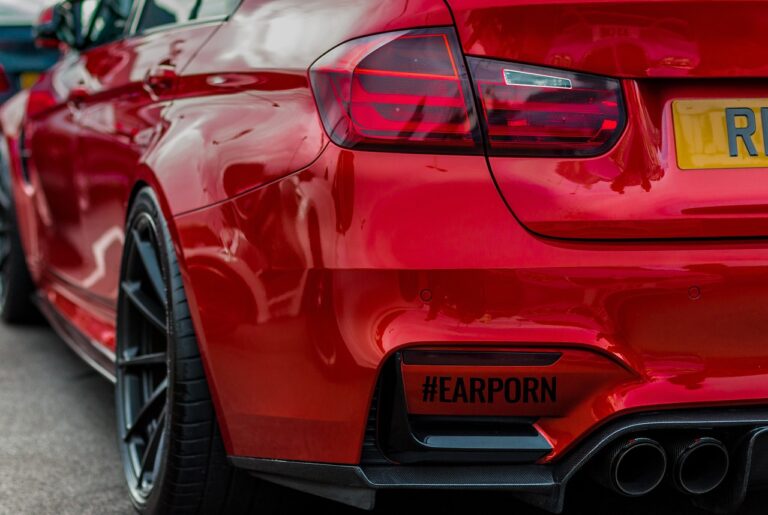
If you’re a car enthusiast or simply someone who takes pride in maintaining the aesthetic appeal of your vehicle, you’ve likely come across the term “paint correction.” But what exactly is paint correction, and why is it an essential process for preserving your car’s beauty? In this comprehensive guide, we’ll delve into the world of paint correction to demystify the process and its significance.
Paint correction is a specialized automotive detailing process designed to rejuvenate and enhance the appearance of a vehicle’s paintwork. Over time, a car’s exterior is exposed to a myriad of environmental contaminants, UV rays, bird droppings, tree sap, and more. These factors, combined with regular wear and tear, can result in imperfections on the paint surface, such as swirl marks, scratches, and oxidation.
The primary goal of paint correction is to address these imperfections and restore the vehicle’s paintwork to its optimal condition. Unlike a simple wash or wax, paint correction involves a multi-step process that includes careful inspection, polishing, and sometimes even compounding. The aim is not merely to mask the imperfections but to eliminate or minimize them, revealing a flawless, glossy finish.
Key Steps in the Paint Correction Process:
Assessment: Before diving into the correction process, a thorough assessment of the paintwork is conducted. This involves identifying swirl marks, scratches, water spots, and other defects.
Preparation: The vehicle is meticulously cleaned and decontaminated to ensure that no dirt or particles interfere with the correction process.
Correction: This is the heart of the process. Using specialized abrasive compounds and polishes, skilled technicians work to remove imperfections and restore the depth and clarity of the paint.
Refinement: Following the correction, finer polishes are often applied to refine the surface and enhance the overall shine.
Protection: To preserve the newly corrected paint, a protective layer, such as wax or ceramic coating, is applied. This helps guard against future environmental damage.
Benefits of Paint Correction:
Enhanced Aesthetics: Paint correction brings out the true color and depth of the vehicle’s paint, providing a showroom-quality finish.
Increased Resale Value: Well-maintained paint contributes significantly to a car’s resale value, making paint correction a wise investment.
Long-Term Protection: The protective layer applied during the process acts as a shield, safeguarding the paint against environmental hazards.
In essence, paint correction is a transformative process that goes beyond mere cosmetic enhancement. It is a meticulous art that requires skill, expertise, and the right tools to bring out the best in your vehicle’s paintwork. Whether you’re a car enthusiast or someone looking to preserve the beauty and value of your investment, paint correction stands as a crucial step in automotive care. So, the next time you hear about paint correction, remember that it’s not just about looking good—it’s about bringing out the true brilliance of your car.
